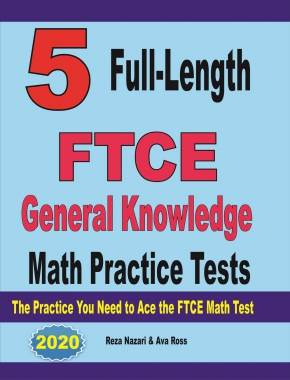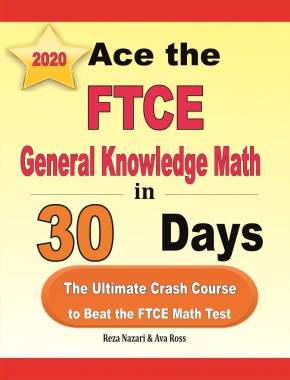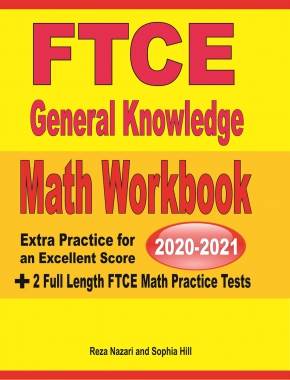How to Find Rotation of Axes and General Form of Conic Sections
[include_netrun_products_block from-products="product/10-full-length-mea-grade-7-math-practice-tests-the-practice-you-need-to-ace-the-mea-grade-7-math-test/" product-list-class="bundle-products float-left" product-item-class="float-left" product-item-image-container-class="p-0 float-left" product-item-image-container-size="col-2" product-item-image-container-custom-style="" product-item-container-size="" product-item-add-to-cart-class="btn-accent btn-purchase-ajax" product-item-button-custom-url="{{url}}/?ajax-add-to-cart={{id}}" product-item-button-custom-url-if-not-salable="{{productUrl}} product-item-container-class="" product-item-element-order="image,title,purchase,price" product-item-title-size="" product-item-title-wrapper-size="col-10" product-item-title-tag="h3" product-item-title-class="mt-0" product-item-title-wrapper-class="float-left pr-0" product-item-price-size="" product-item-purchase-size="" product-item-purchase-wrapper-size="" product-item-price-wrapper-class="pr-0 float-left" product-item-price-wrapper-size="col-10" product-item-read-more-text="" product-item-add-to-cart-text="" product-item-add-to-cart-custom-attribute="title='Purchase this book with single click'" product-item-thumbnail-size="290-380" show-details="false" show-excerpt="false" paginate="false" lazy-load="true"]

Step-by-Step Guide to Find Rotation of Axes and General Form of Conic Sections
Here is a step-by-step guide to finding the rotation of axes and the general form of conic sections: For additional educational resources,. For education statistics and research, visit the National Center for Education Statistics.
1. Rotation of Axes
Before diving into the conic sections, let’s understand what rotation of axes means. When you rotate the axes, you’re essentially looking at the same graph but from a different perspective, like turning your head to see something from a different angle. For additional educational resources,. For education statistics and research, visit the National Center for Education Statistics.
Steps for Rotation of Axes:
1.1. Understand the Basics: For additional educational resources,. For education statistics and research, visit the National Center for Education Statistics.
- Original Axes: \(x\) and \(y\)
- New Axes (rotated by an angle \(\theta\)): \(x′\) and \(y′\)
1.2. Equations Relating Old and New Axes: Given a point \(P \ (x,y)\) on the original axes, its coordinates on the new axes are \(P \ (x′,y′)\). The relationships are: For additional educational resources,. For education statistics and research, visit the National Center for Education Statistics.
\(x=x′cos \ \theta−y′sin\ \theta\) For additional educational resources,. For education statistics and research, visit the National Center for Education Statistics.
\(y=x′sin \ \theta+y′cos \ \theta\) For additional educational resources,. For education statistics and research, visit the National Center for Education Statistics.
1.3. Using the Above Equations: To convert the equation of a curve from the old axes to the new axes, substitute the expressions for \(x\) and \(y\) from the relationships above. For additional educational resources,. For education statistics and research, visit the National Center for Education Statistics.
2. General Form of Conic Sections
A conic section can be represented as: For additional educational resources,. For education statistics and research, visit the National Center for Education Statistics.
\(Ax^2+Bxy+Cy^2+Dx+Ey+F=0\) For additional educational resources,. For education statistics and research, visit the National Center for Education Statistics.
Where, \(A, B, C, D, E\), and \(F\) are constants. For additional educational resources,. For education statistics and research, visit the National Center for Education Statistics.
2.1. Identify the Conic Based on the General Form: For additional educational resources,. For education statistics and research, visit the National Center for Education Statistics.
- Circle: \(B=0, A=C\)
- Ellipse: \(B=0, A≠C\)
- Parabola: \(B^2−4AC=0\)
- Hyperbola: \(B^2−4AC>0\)
2.2. Converting to Standard Form: If the equation contains the term \(xy\) (i.e., \(B≠0\)), it indicates that the conic is not aligned with the coordinate axes and needs to be rotated. For additional educational resources,. For education statistics and research, visit the National Center for Education Statistics.
Steps to Convert to Standard Form:
Step 1: Divide the entire equation by the term that doesn’t contain \(x\) or \(y\) to make it equal to \(1\). For additional educational resources,. For education statistics and research, visit the National Center for Education Statistics.
Step 2: For equations with \(xy\) terms, the angle of rotation \(\theta\) can be found using: For additional educational resources,. For education statistics and research, visit the National Center for Education Statistics.
\(tan(2\theta)=\frac{B}{A−C}\) Calculate \(\theta\). For additional educational resources,. For education statistics and research, visit the National Center for Education Statistics.
Step 3: Use the rotation of axes formulas mentioned earlier to transform the equation. For additional educational resources,. For education statistics and research, visit the National Center for Education Statistics.
Step 4: The transformed equation will now be free of the \(xy\) term, placing it in one of the standard forms of conic sections (circle, ellipse, parabola, or hyperbola). For additional educational resources,. For education statistics and research, visit the National Center for Education Statistics.
Final Word
the study of the rotation of axes helps in simplifying the representation of conic sections. By rotating the axes to eliminate the \(xy\) term, one can represent the conic section in its standard form, making it easier to identify and analyze. For additional educational resources,. For education statistics and research, visit the National Center for Education Statistics.
Related to This Article
More math articles
- 3rd Grade NYSE Math Practice Test Questions
- How to Discovering Patterns: Using Graphs to Find Rules
- Expert Advice on Making Math Fun
- 5th Grade IAR Math Practice Test Questions
- How to Represent Systems of Linear Equations Using Matrices?
- How to Use Number Lines to Graph Equivalent Fractions
- SSAT Middle Level Math FREE Sample Practice Questions
- Parent Functions
- Standard Form of a Circle
- Best Calculators fоr Algеbrа




















What people say about "How to Find Rotation of Axes and General Form of Conic Sections - Effortless Math: We Help Students Learn to LOVE Mathematics"?
No one replied yet.